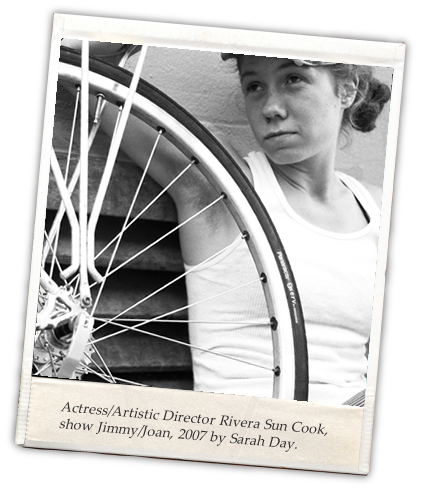“Dance, Lalla with nothing on
but air. Sing, Lalla,
wearing the sky.
Look at this glowing day! What clothes
Could be so beautiful, or
more sacred?”
excerpt from Naked Song by Lalla, translated by Coleman Barks
Many have asked, at this point, if there is a connection between our African-American Lala and the Kashmiri saint, Lalleshwari, born approx. 1320 AD. I did not know of Lalleshwari until after poetry-filled dancing Lala came to me with her lyrical stories, but Lalleshwari quickly wound her way into my heart as much as her 1890 contemporary, Lala, did. Lalleshwari was well known for her divinely inspired songs and dancing in the Kashmir region of India. Also well-known for upsetting social conventions, and passionately following a profound spiritual path. There is a saying that only two words mean anything in Kashmiri; Lalla and Allah, all the rest being just language. Allah is one name for God. Lalla means darling. And, as our Lala says “God’s Word is Love.”
There are two books of Lalleshwari’s poetry I recommend. One is Naked Song translated by Coleman Barks. The other is Lalleshwari : spiritual poems by a great Siddha yogini, by Swami Muktananda and Swami Laldyada.





